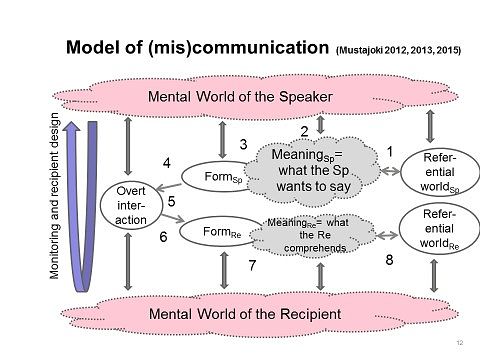Arto Mustajoki
Arto Samuel Mustajoki
Born, December 20, 1948, Tampere
Four children, 11 grandchildren
Master of Arts 1970 (German Philology), PhD 1981 (Russian language), University of Helsinki
Professor of Russian Language and Literature 1982–2016, University of Helsinki
Vice-Rector 1992–1998, University of Helsinki
Dean 1988–1992 and 2014–2016, Faculty of Arts, University of Helsinki
Member of the Board of the Academy of Finland 2001–2006, 2014-
Chair of the Research Council for Culture and Society (Academy of Finland) 2001–2006
Chair of the Board of the Academy of Finland 2010–2014
Vice-President of Finnish Academy of Science and Letters, 2006-2008, President 2008-2010
Member of the Finnish Research and Innovation Council 2011-2015
International Association of Teachers of Russian Language and Literature (MAPRYAL), Member of Board 1981–, Secretary General 1991–2003, Vice-President 2003–
Research Student, Leningrad State University 1971–1973
Visiting Fellow, Cambridge University 1990–1991
Invited guest lectures abroad: Moscow, Ekaterinburg, Novosibirsk, Saratov, Simferopol, Almaty, Ulan-Bataar, Bishkek, Tartu, Tallinn, Budapest, Warsaw, Sofia, Basel, Oxford, Gothenburg
Publications:
Recent publications
Full list of publications as of 2008
Honours and awards
“Orden Druzhby Narodov,” President Gorbatshov 1990
Member of Finnish Academy of Science and Letters 1991
Commander's Cross of the Order of the Lion of Finland 1992
Honorary Doctor, Russian Academy of Science 1995
Honorary Professor, Moscow State University 1999
“Orden Druzhby,” President Medvedev 2010
Commander of the Order of the White Rose of Finland 2013
Photo: Veikko Somerpuro
Written by Arto Mustajoki
Revised by Matthew Billington


